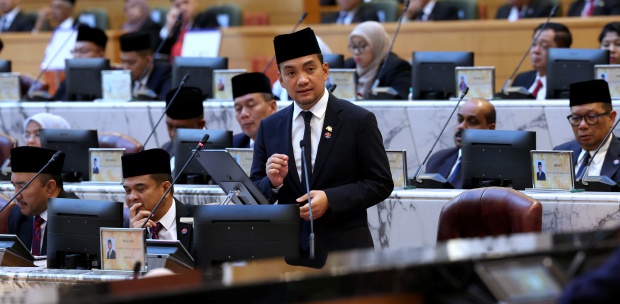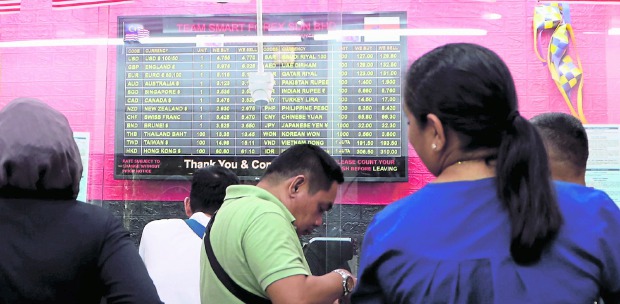The 12th Malaysia Plan (12MP) was unveiled on Sept 27, charting the direction of development until 2025.
The government should be commended for the plan, which covers many new public sector initiatives.
It builds on the success of Vision 2020, while incorporating the Shared Prosperity Vision (SPV) 2030, and gets the economy back on an even keel after almost two years of the pandemic.
This year, the economy was
operating below its capacity
and travel was restricted. Hence, wholesale and retail, as well a tourism and related services, such as restaurants and hotels, were badly affected.
Even other economic activities, such as manufacturing, were not spared, given the impacted global supply chain, particularly shipping services.
The launch of the 12MP and the forthcoming 2022 Budget will give much needed support to the economy.
The incomes of the B40 and M40 groups were heavily affected by the pandemic, and it will take a few years for them to recover.
The pandemic may have changed economic and business relations, as shown in the rise of online business dealings and transactions, making the full recovery of traditional retail outlets more suspect.
We should aim for a reset of the economy anchored on a higher level of economic growth, say six to seven per cent, during the 12MP period to reclaim last year and this year's lost production.
We should move forward with high-impact industries and businesses with high-technology and high-skilled jobs to lift the economy while complementing other sources of growth, such as green and circular economies, and traditional stimulus from normal public good services, such as building more schools, clinics and rural roads.
To be sure, the economy is in surplus, as reflected in a positive balance of payments and high national savings ratio.
With a government fiscal deficit running for many years, savings are in the hands of the private sector.
Which means, this surplus has to mobilised to finance public-sector projects through a public-private partnership, which will balance business risk between the private sector and the government.
Invariably, the rise in economic growth is a function of overall productivity of labour and capital, and the residual contribution of other factors, such as the way we manage and organise things, and the contribution of knowledge, research and development, and skills.
These are what development economists call the Third Factor, which in Germany and Japan accounts for 60 to 70 per cent of economic growth compared with 30 to 40 per cent for developing economies, like Malaysia.
Therefore, the focus on technical and vocational education and training is lauded as part of enhancing the contribution of science, technology, engineering and mathematics to the knowledge-based economy.
The 12MP has reiterated the target of addressing social and economic inequality, with emphasis on interstate economic differential, particularly in Sabah and Sarawak.
This is consistent with the "Malaysia Prihatin" slogan and the SPV, underpinning the economic philosophy of development for the 2021-2030 period.
Political economic analysis of many social conflicts in other countries indicate that horizontal inequality is their main cause.
The 12MP recognises this, indicating that our planners and political leadership acknowledge that tackling inequality is fundamental to our long-term political and social stability.
In so doing, the 12MP has also built in the idea of social inclusion to ensure that no one is disenfranchised from economic growth and development.
The political calm now should benefit everyone to bring about social reconciliation and economic recovery as fast as possible, post-pandemic, to sustain lives and livelihoods, and move on.
The pandemic may have altered the structure of the global supply chain, while greater use of e-commerce, online transactions and work-from-home arrangements may have major implications on the wholesale and retail trade.
Malaysians are waiting for another major policy statement in the 2022 Budget speech by the finance minister later this month. These two documents are expected to complement each other and be the basis for national economic development and management in the medium term.
The writer is chairman of the Malaysian Institute of Economic Research





